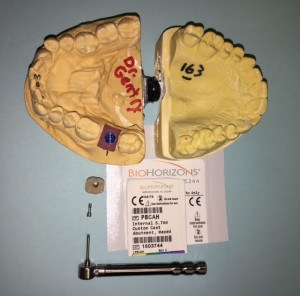
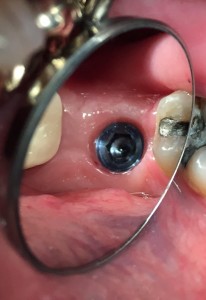
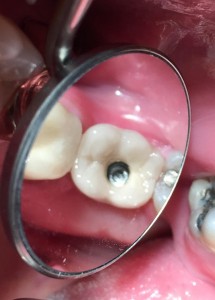
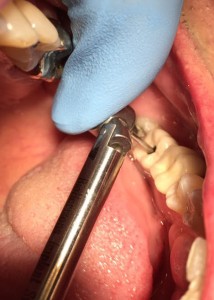
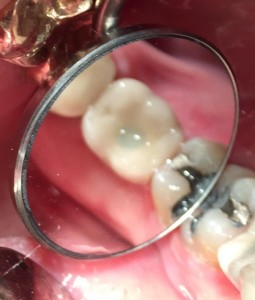
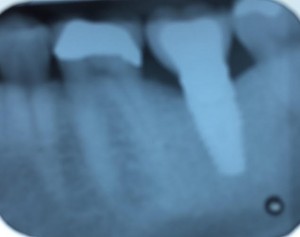
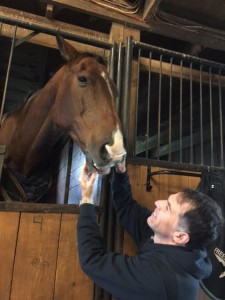
Horses have 2 sets of teeth, 24 baby teeth, which are replaced by 5 years of age by between 36-40 permanent teeth. These consist of 6 upper and 6 lower incisors, 12 upper and 12 lower back premolar and molar teeth. Most male horses also have canine teeth, called fighting teeth, while females do not. There is an interdental space with no teeth, just gums, between the incisors and premolars. This is where the bit part of the bridle is placed.
Horses eat pretty much constantly for 10-12 hours a day and their teeth continuously erupt to offset the wear from the repeated chewing. Young adult horse teeth can be 5 inches long. Most of the tooth is under the gums and it slowly erupts about 1/8 of an inch each year until the horse gets old and eventually the teeth become very short and eventually fall out.
It is possible to tell the approximate age of a horse by its teeth. The expression “Don’t look a gift horse in the mouth” means that it is rude and ungrateful to check the teeth of a horse given to you as a present, as you would one you were considering purchasing. So don’t be ungrateful when you receive a gift.
Horses teeth wear unevenly and develop sharp edges, which irritate and lacerate the tongue and cheeks and make it difficult and painful to eat and have the bit in their mouth. A procedure called floating the horse’s teeth, where an equine dentist smoothes the sharp edges is done 1-2 times a year.